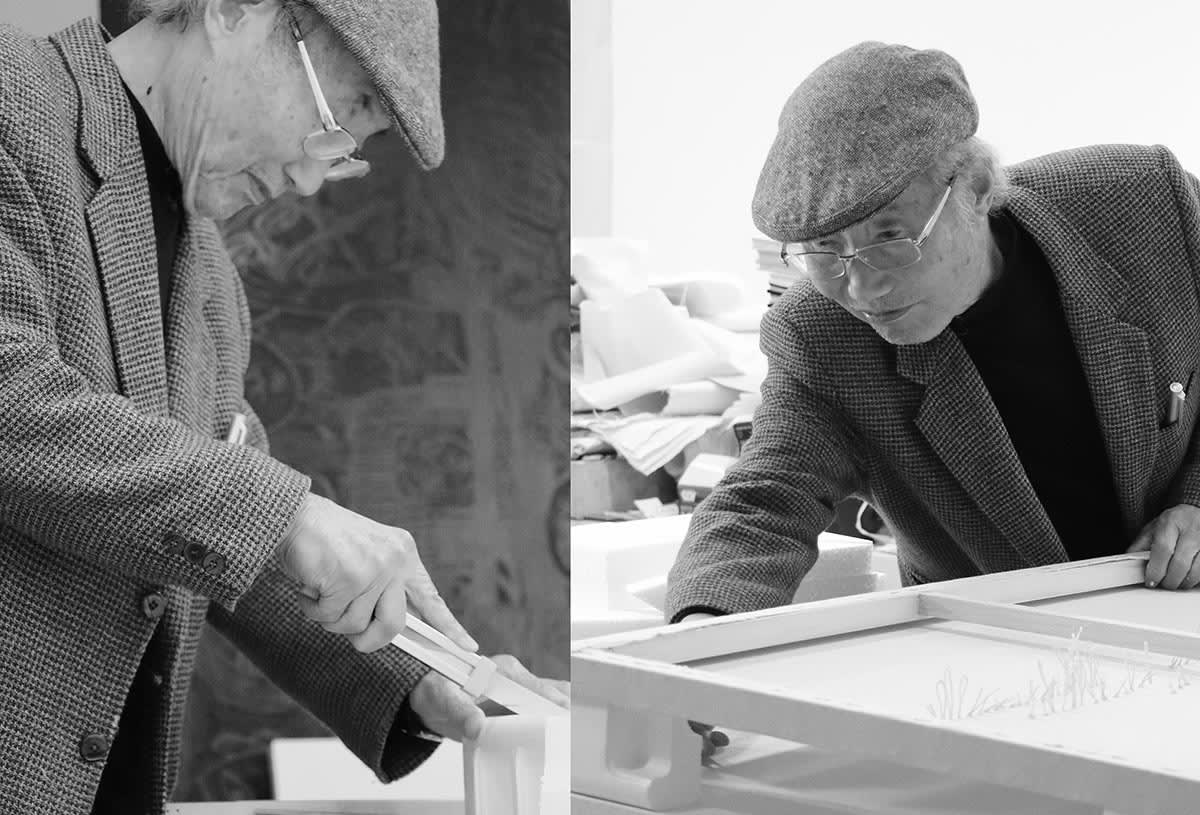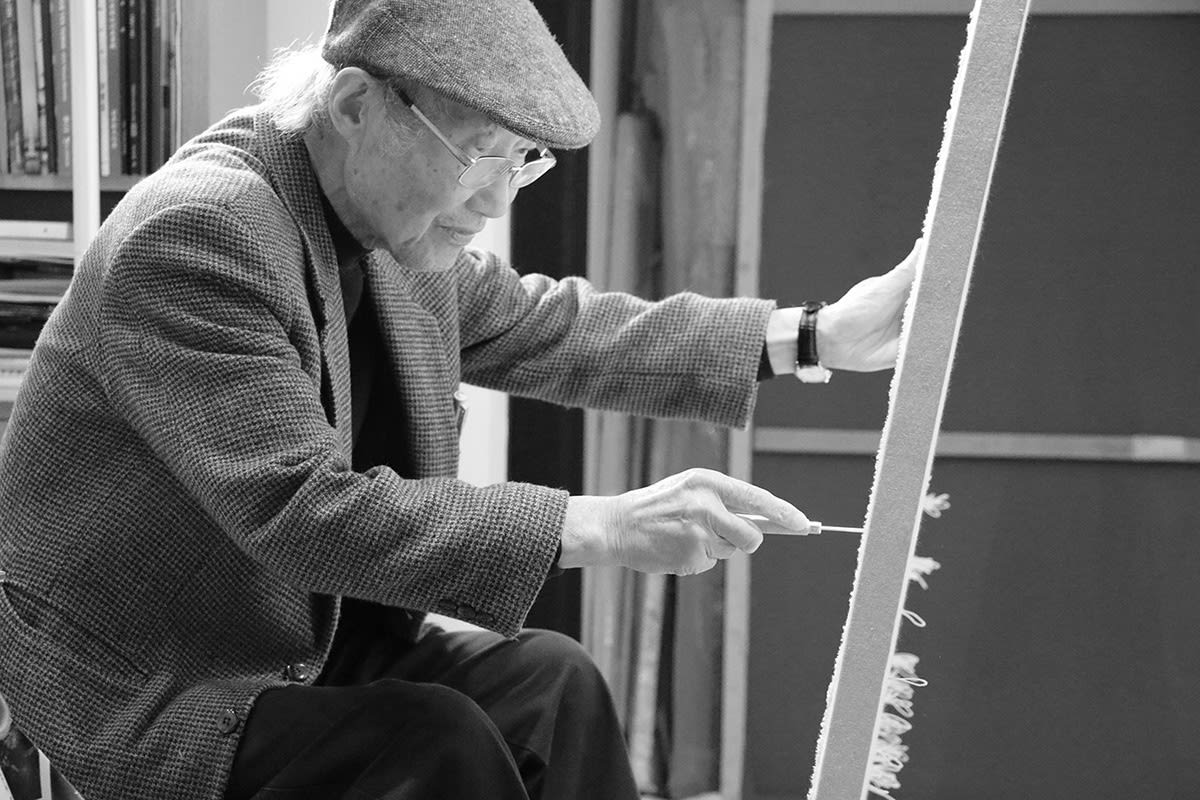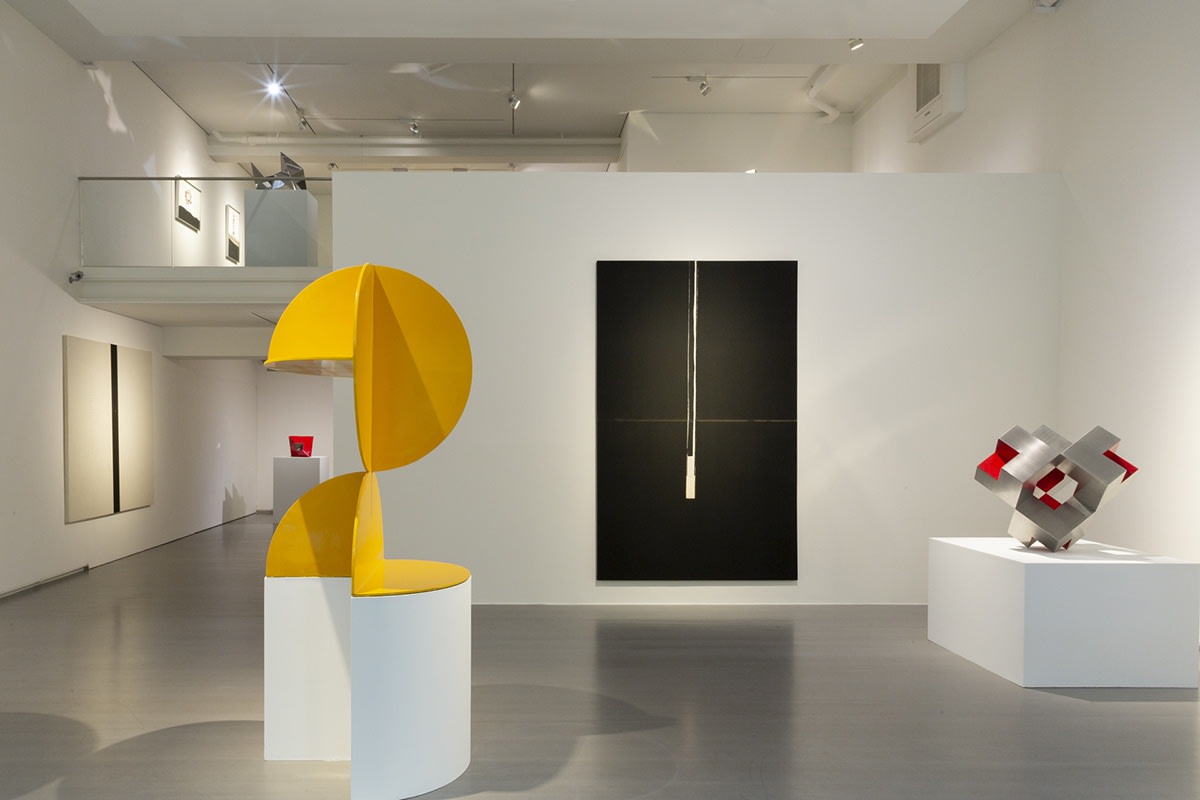Asia Art Center is pleased to announce its representation of the Chu Weibor Estate, starting from January 18, 2025.
Nearly a decade ago, we began a deep collaboration with Chu Weibor, a pivotal figure in Taiwan’s modern art history. Looking back on this journey, many may recall the CHU Weibor Retrospective: Śūnyatā held at Asia Art Center in 2018, which meticulously traced decades of Chu’s artistic evolution. In 2020, Form without Boundaries: Chu Weibor, Lee Tsai-chien Dual Exhibition presented a profound dialogue between the two artists, exploring the diverse possibilities of abstraction, sculpture, and soft sculpture. At Art Basel Hong Kong in 2018, we presented Revisiting the Origin of Taiwan’s Modern Art in the 1960s, highlighting Chu’s fearless experimentation and the liberating spirit of his avant-garde works from the 1950s to the 1980s.
Born in Nanjing, China in 1929, Chu Weibor moved to Taiwan in 1949 amidst the Chinese Civil War, a period that saw many individuals relocate to the island. By 1958, he had joined the Ton Fan Art Group, becoming one of the driving forces of Taiwan’s modern art movement. Inspired by Lucio Fontana, the founder of Spatialism, Chu began incorporating innovative techniques such as cutting, stitching, and threading in the 1960s. These methods allowed him to transcend the limitations of the traditional canvas and explore the spatial dimension of art. His practice was remarkably versatile, spanning soft sculptures created through fabric cutting and threading, as well as oil painting, ink art, rubbings, and printmaking. Beyond his experimental approaches, Chu possessed exceptional realist skills, seamlessly combining technical mastery with groundbreaking creativity.
Chu Weibor’s significance is underscored by his numerous exhibitions in major museums. For example, the Retrospective Exhibition: Chu Wei-Bor at the Taipei Fine Arts Museum in 2005, and his participation in FROM CHINA TO TAÏWAN. Pioneers of abstraction (1955-1985) at The Musée d’Ixelles, Brussels, in 2017, both highlighted his profound impact on Taiwan’s modern art history.
In the 1960s, Taiwan was still a conservative society, but it fostered a wave of artists who dared to break boundaries. The Ton Fan Art Society played a pivotal role in reshaping Taiwan’s modern art landscape, blending the boldness of European abstraction with the introspection of Eastern philosophy. Chu Weibor’s works stand as a testament to this transformative era, characterized by their warmth and striking simplicity.
Asia Art Center is dedicated to revisiting and promoting Taiwan’s modern art movement for today’s audiences. Among the trailblazers of that golden era, Chu Weibor is a cornerstone figure—his contributions continue to resonate as an essential part of this rich artistic legacy.




